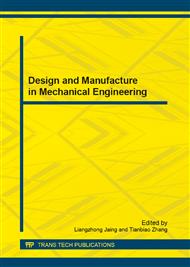p.144
p.152
p.157
p.163
p.168
p.173
p.179
p.185
p.189
Coupling PSE and FLUENT to Predict Laminar-Turbulent Transition in Boundary Layers
Abstract:
In this paper, the coupling method of PSE and FLUENT was experimented for predicting the laminar-turbulent transition. The software FLUENT was used to get the basic flow over a flat plate. A two-dimensional T-S wave and a pair of three-dimensional T-S waves were fed in at the entrance. The transition criterion was verified by DNS results. The availability of the coupling methodology has been evaluated.
Info:
Periodical:
Pages:
168-172
Citation:
Online since:
September 2013
Price:
Сopyright:
© 2013 Trans Tech Publications Ltd. All Rights Reserved
Share:
Citation:


